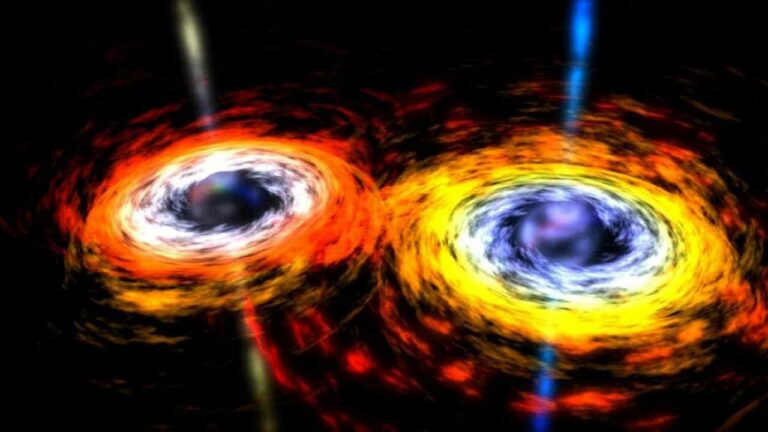Researchers Identify the ‘Speed Limit’ for Black Holes, Indicating Potential New Physics Laws
The astrophysicists of the Rochester Institute of Technology, namely James Healy and Carlos Lousto, have found out that via the computerized simulations some black holes are capable of traveling at velocities up to 0. 1 of the velocity of light. In their paper published in Physical Review Letters, WÓjk and his colleagues employed computer simulations to work out the initial velocity of black holes after the formation of a larger black hole through mergers of two smaller black holes.
Prior research has shown that black holes can merge and in the process cause the formation of gravitation waves and recoil in a fashion that is somewhat reminiscent of a firearm’s kick. This energy can launch the formed black hole at incredible speeds, as these cosmic objects are capable of reaching throughout the Universe.
Previous studies have suggested that such black holes could reach velocities of roughly 5,000 km/sec before slowing down. In this particular research, the scientists sought to discover more about the velocity of black holes, especially after the mergers.
To do this, the researchers have created a mathematical model with the main focus on the direction in which the two black holes came into contact with one another before they merged.
From the earlier research, and based on theoretical understanding of black hole interaction, it has been deduced that if there is no direct head on collision then there will be time in which the two black holes will be locked into orbit where they will merge.
Supercomputer was used by the scientists for simulations as well as to calculate the results of black hole mergers that could vary from direct collisions to near encounters of more than one thousand three hundred strategies.
According to their studies, in the most distinguished case of grazing, it is possible that the formed black hole would be able to accelerate to a speed of approximately 28,500 kilometers per second. At this velocity, it would be able to travel a distance that separates the moon from the Earth in only thirteen seconds.
Reference:James Healy et al, Ultimate Black Hole Recoil: What is the Maximum High-Energy Collision Kick?, Physical Review Letters (2023). DOI: 10.1103/PhysRevLett.131.071401. On arXiv: DOI: 10.48550/arXiv.2301.00018
Do not forget to share your opinion with us to provide you with the best posts !




0 Comments